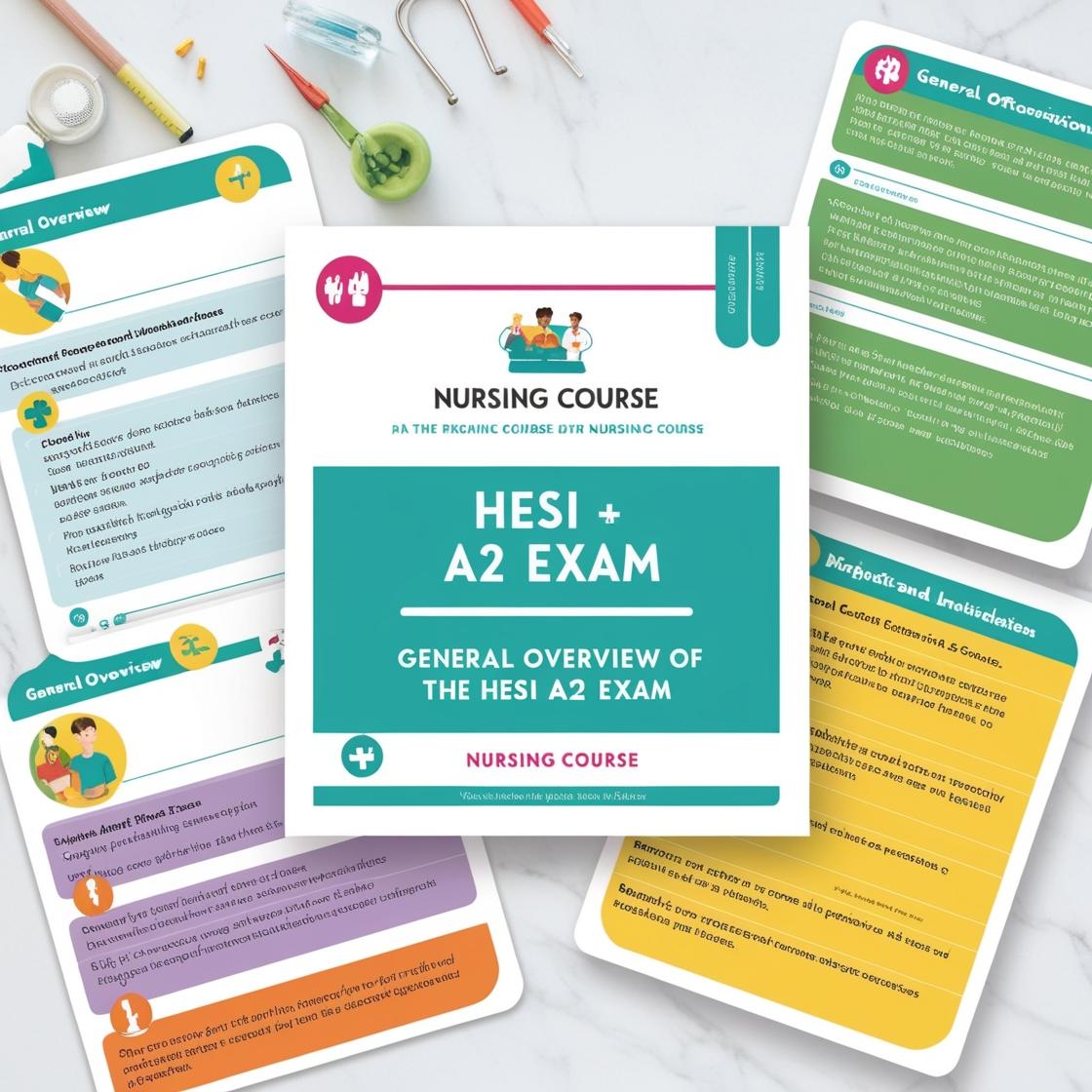HESI A2
Anatomy HESI A2
1. Which is an anterior muscle of the thigh?
- A. Gluteus maximus
- B. Quadriceps femoris
- C. Biceps femoris
- D. Adductor magnus
Correct answer: B
Rationale: The correct answer is B: Quadriceps femoris. The quadriceps femoris is an anterior muscle located on the front of the thigh. It is composed of four muscles: rectus femoris, vastus lateralis, vastus medialis, and vastus intermedius. These muscles play a crucial role in extending the knee and are essential for activities like walking, running, and jumping. Choices A, C, and D are incorrect because they are not anterior muscles of the thigh. Gluteus maximus is a muscle located in the buttocks, biceps femoris is a muscle of the posterior thigh, and adductor magnus is a muscle of the medial thigh.
2. How might the headrest on a car prevent traumatic injury?
- A. By limiting hyperflexion of the neck
- B. By limiting hyperextension of the neck
- C. By reducing vertebral compression
- D. By preventing disc degeneration
Correct answer: B
Rationale: The headrest on a car is designed to prevent traumatic injury by limiting hyperextension of the neck during a rear-end collision. This helps reduce the risk of whiplash and other neck injuries that may occur when the head is forcefully thrown backward. Choice A is incorrect because hyperflexion is not the primary concern in rear-end collisions. Choice C is incorrect as the headrest does not directly reduce vertebral compression. Choice D is incorrect because the headrest is not directly involved in preventing disc degeneration.
3. What is a common finding in a whiplash injury?
- A. Cardiopulmonary issues
- B. Side-to-side spinal curvature
- C. Eventual herniation of discs
- D. Traumatic injury to ligaments
Correct answer: D
Rationale: A common finding in a whiplash injury is a traumatic injury to ligaments. Whiplash occurs due to sudden hyperextension and hyperflexion of the neck, leading to strain or tearing of ligaments in the neck. This can manifest as neck pain, stiffness, and limited range of motion. While other complications like cardiopulmonary problems, side-to-side spinal curvature, or eventual herniation of discs are not typically associated with whiplash injuries.
4. What are muscle contractions that normally move food along the human digestive system known as?
- A. defecation
- B. osmosis
- C. peristalsis
- D. circulation
Correct answer: C
Rationale: Muscle contractions that move food along the human digestive system are known as peristalsis. Peristalsis consists of a series of coordinated muscular contractions and relaxations that help propel food through the esophagus, stomach, and intestines, facilitating efficient digestion and nutrient absorption. Defecation refers to expelling waste from the body, osmosis is the movement of water across a membrane, and circulation relates to the movement of blood in the body's circulatory system, not directly involved in food transportation along the digestive tract.
5. Which type of nutrient does not provide the body with energy?
- A. Vitamin
- B. Carbohydrate
- C. Fat
- D. Protein
Correct answer: A
Rationale: The correct answer is A. Vitamins are essential nutrients that the body needs in small amounts but do not provide energy like carbohydrates, fats, and proteins do. Carbohydrates, fats, and proteins are macronutrients that supply energy to the body when broken down during metabolism. Vitamins, on the other hand, play crucial roles in various bodily functions but are not a source of energy. They are essential for supporting growth, immune function, and overall health, but do not contribute directly to energy production. Choices B, C, and D are incorrect because carbohydrates, fats, and proteins are macronutrients that provide energy to the body when metabolized.

Access More Features
HESI A2 Basic
$89/ 30 days
- 3,000 Questions with answers
- 30 days access
HESI A2 Premium
$129.99/ 90 days
- Actual HESI A2 Questions
- 3,000 questions with answers
- 90 days access
